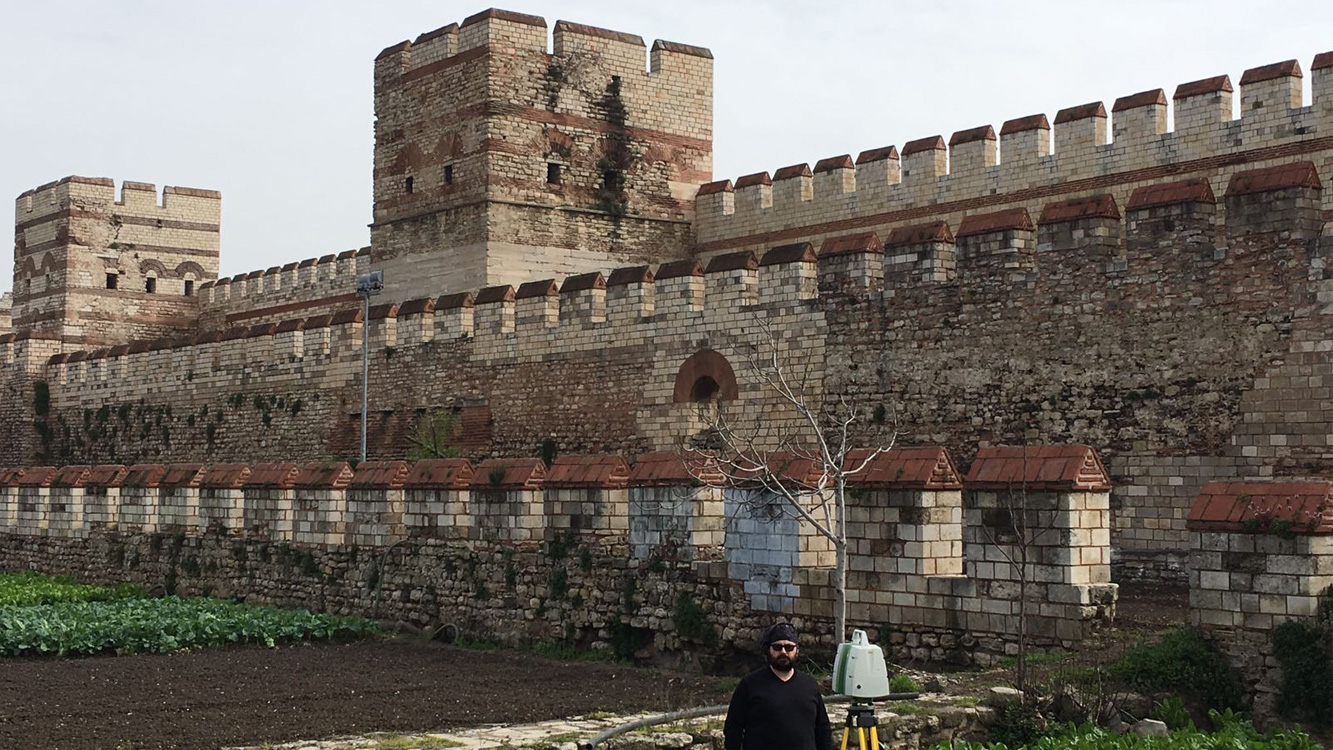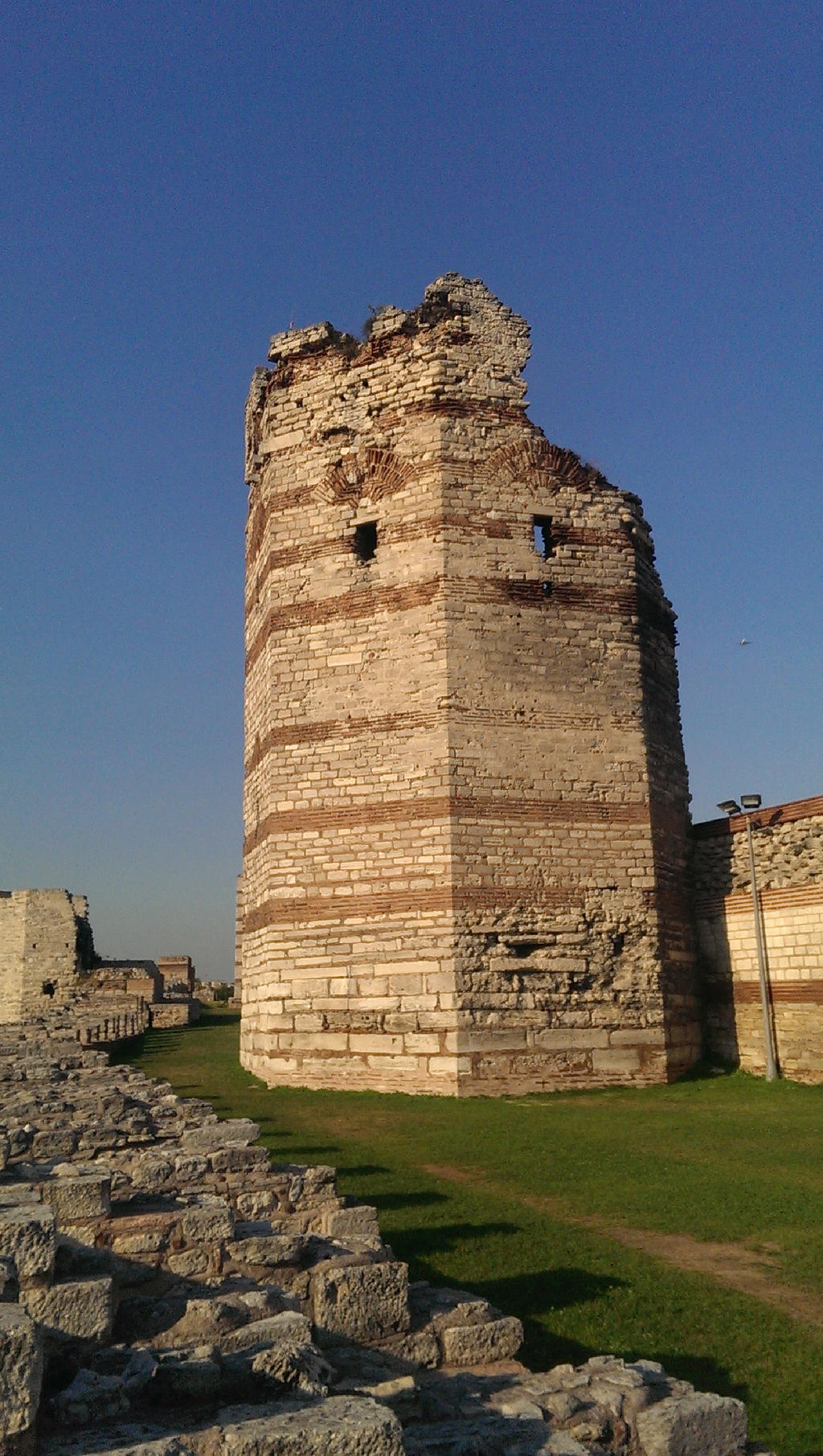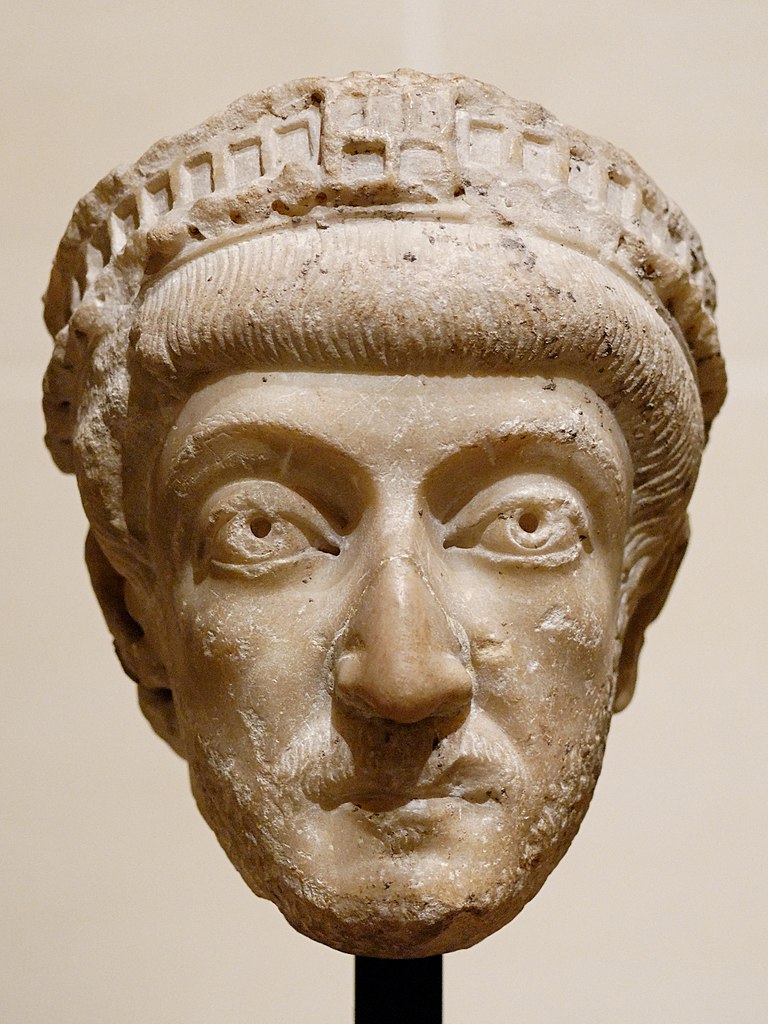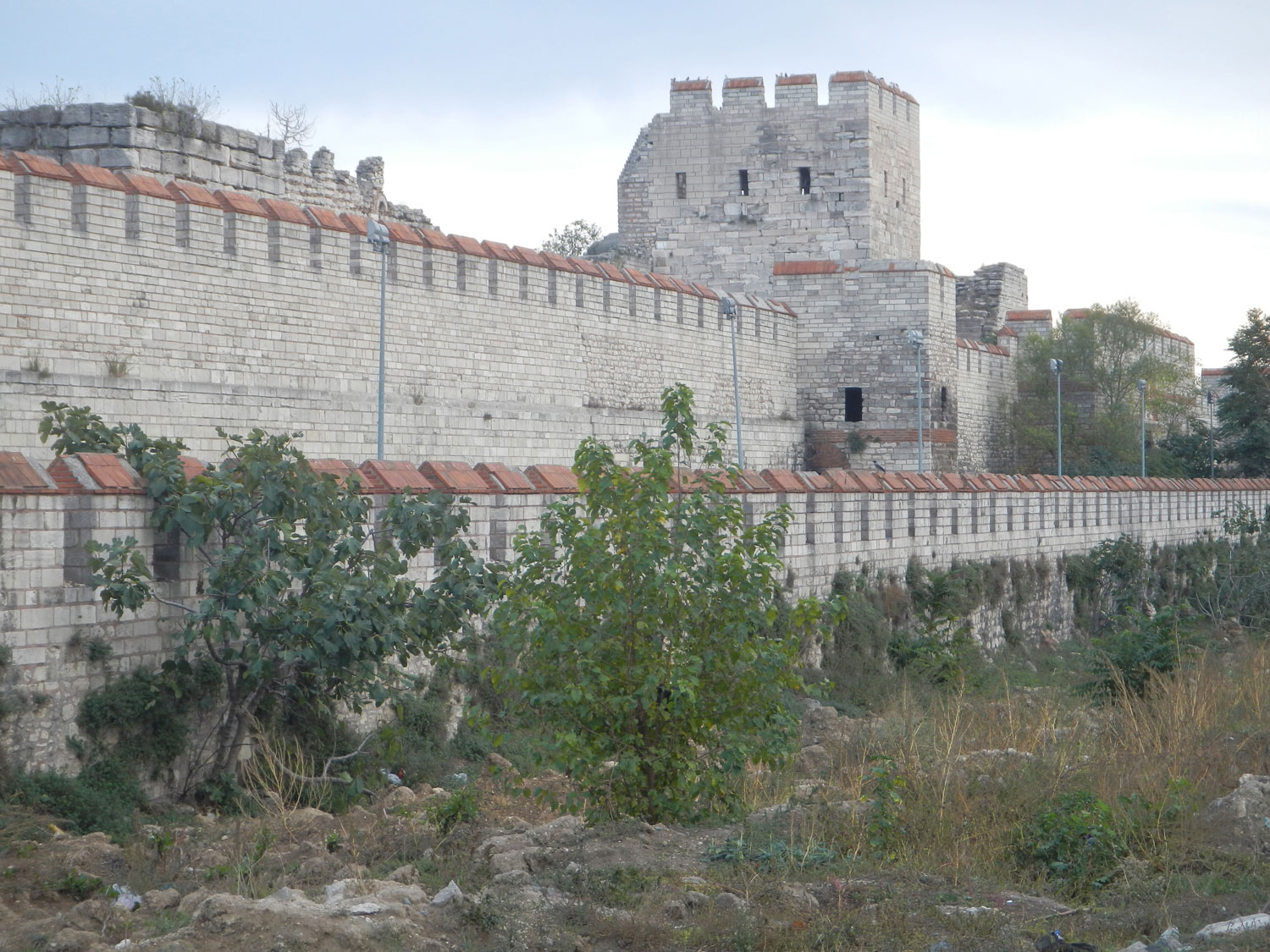
Wall Theodosius editorial image. Image of aerophotographing 61222000
The Theodosian Walls of Constantinople were one of the most powerful defensive structures from ancient and medieval times. Built in the early fifth century AD, during the reign of emperor Theodosius II (thus the name), the Theodosian Walls fulfilled their primary task for a thousand years. They protected the city of Constantinople, the capital.

Fortifications of Constantinople GoUNESCO Go UNESCO
Map of Constantinople during the Byzantine era Steelyard weight found in the Port of Theodosius. The Harbour of Eleutherios (Medieval Greek: λιμήν Ἐλευθερίου), originally known as the Harbour of Theodosius (Latin: Portus Theodosiacus, Ancient Greek: λιμήν Θεοδοσίου) was one of the ports of ancient Constantinople, the capital of the Byzantine Empire, located.

wall of Theodosius vs. Wall Of Constantine map Google Search Ancient
With increasing instability throughout the old empire, successive emperors sought to protect the city from invasions from the west and north, and in 404, the Theodosian Wall was begun. The wall.

The Theodosian Walls of Constantinople. When viewed like this is not
The Theodosian Walls of Constantinople are one of the most imposing defensive structures of the ancient and medieval world. Since their construction in the early fifth century AD, during the reign of emperor Theodosius II (thus the name), the Theodosian Walls protected the city of Constantinople, the capital of the Eastern Roman Empire, better.

Uins of Ancient Fortress Wall of the Emperor Theodosius in the Center
The Outer Wall and the wall of the moat are visible, with a tower of the Inner Wall in the background. The double Theodosian Walls ( Greek : τεῖχος Θεοδοσιακόν , teichos Theodosiakon ), located about 2 km (1.2 miles) to the west of the old Constantinian Wall, were erected during the reign of Emperor Theodosius II ( r.

Theodosian walls hires stock photography and images Alamy
Constantinople endured for more than 1,100 years as the Byzantine capital in large part due to the protective wall completed under Theodosius II in 413. Expanding the city perimeter west from.

The Byzantine Legacy on Twitter "The Column of Theodosius was once
Background. Theodosius was born in Hispania on 11 January, probably in the year 347. His father, also called Theodosius, was a successful and high-ranking general (magister equitum) under the western Roman emperor Valentinian I, and his mother was called Thermantia. The family appear to have been minor landed aristocrats in Hispania, although it is not clear if this social status went back.

Theodosian Walls Istanbul DK Eyewitness Travel
Definition. The Theodosian Walls are the fortifications of Constantinople, capital of the Byzantine Empire, which were first built during the reign of Theodosius II (408-450 CE). Sometimes known as the Theodosian Long Walls, they built upon and extended earlier fortifications so that the city became impregnable to enemy sieges for 800 years.

Constantinople walls hires stock photography and images Alamy
Cross-section photograph of the Theodosian walls, from left to right: low wall, parateichion, outer wall, peribolos, inner wall (Photo by Author, 2011) In late 447 and early 448 AD, fifty-seven of.

İstanbul Theodosius Wall
The Þnal section explores the Þrst years of the reign of Theodosius I and shows how he built upon historical foundations while unf urling new methods for utilizing, presenting, and commemorating i mperial power. These papers analyze speciÞc events and local develop ments to highlight examples of both change and continuity in the Ro man world.

The Theodosian walls by Hoplitesoldier7 on DeviantArt
The wall was a engineering and architecture feat that signified the growth of Constantinople. [1] Mango, Cyril. "The Development of Constantinople as an Urban Centre." In The Seventeenth International Byzantine Congress, Main Papers. 1986. p. 117-136. [2] "The Theodosian Walls of Istanbul" Lohrberg, Frank.

FileTheodosius II Louvre Ma1036.jpg Wikipedia
Theodosius II (Greek: Θεοδόσιος Theodosios; 10 April 401 - 28 July 450) was Roman emperor from 402 to 450. He was proclaimed augustus as an infant and ruled as the Eastern Empire's sole emperor after the death of his father, Arcadius, in 408.His reign was marked by the promulgation of the Theodosian law code and the construction of the Theodosian Walls of Constantinople.

Uins of Ancient Fortress Wall of the Emperor Theodosius in the Center
The double-layered thick stone ramparts that are visible today date from the fifth century, and are called the Theodosian walls, after the Byzantine emperor Theodosius II, who oversaw their.

Wall Theodosius editorial stock photo. Image of bosphorus 61221493
For almost 1,000 years that wall of Constantinople defended Western Christendom-only to be compromised by Crusaders and finally breached by Turkish cannons. by Comer Plummer III 6/12/2006. The art of fortification has existed ever since man first came to realize the value of natural obstacles to his common defense, and evolved as he sought to.

wallofTheodosius IMPress Magazine
Life: AD 408 - 450. Born AD 401. Became emperor January AD 408. Died at Constantinople, AD 450. Theodosius II was born in AD 401, the son of Arcadius and Aelia Eudoxia. Already in January AD 402 he was proclaimed co-Augustus by his father. When in AD 408 Arcadius died his son succeeded to the throne without any violence.

Theodosian Walls Ancient History Encyclopedia
Section of the walls of Constantinople: Anthemius' wall, Cyrus' wall, battlements, and moat. In 447, the walls were partly destroyed by an earthquake, which was all the more worrying because the Huns were by now making aggressive raids. Theodosius ordered the praetorian prefect, Cyrus of Panopolis, to rebuild and strengthen the fortifications.